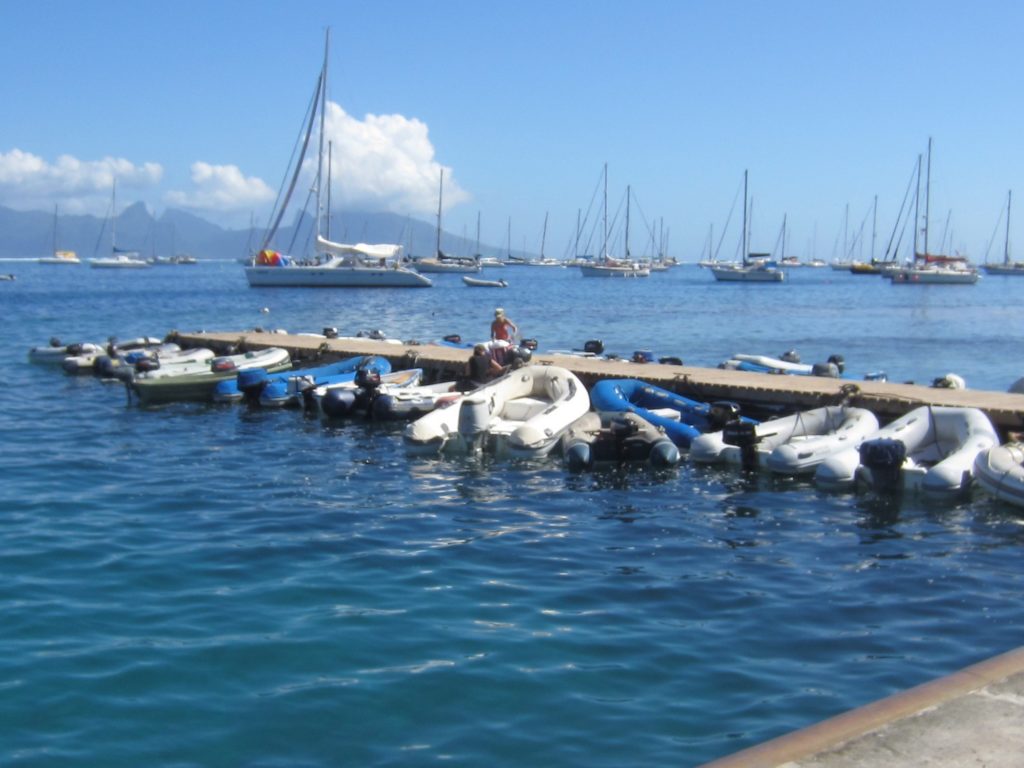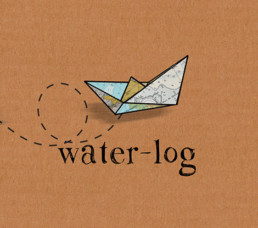To row or not to row? That is the question. Getting your dinghy from A to B, from boat to shore, is an everyday occurrence for any liveaboard. But, although seemingly straightforward, it’s a trip with a layer of lifestyle choice to it.
First there is the practicality of the matter itself. If you have a spot on the far outside of a large anchorage, the wind is blowing in your face, the current is against you, the sky is spitting with rain and you’re attempting a run ashore for provisioning then of course you’ll choose to put your outboard on today. However, if it’s a fine day, calm conditions and a short distance then there is sometimes nothing nicer than using your oars purely out of the experiential value of doing so.
Some yachtsmen stick rigidly to one option or the other; we’ve encountered many a stubborn resistance to using “those infernal noisy motors” from the old-school sailor or simply a silent preference to doing it by hand from the dogged and determined Frenchman who always seems to row skilfully and stylishly, regardless of the wild and unforgiving weather. The counters to these folks are the owners of the far larger, heavier tenders. Family boats, American boats and cruisers who are keen divers all tend to opt for a mini-bus sized dinghy, which can only be operated with a hefty, powerful engine.
As a couple starting off our sailing in Western Europe and the Caribbean, we began by very rarely needing to resort to the outboard. We quickly succumbed to the romance and the novelty of rowing every time we needed to get ashore and genuinely enjoyed our new-found life where we were time-rich enough to never need to rush anywhere. That is until we managed to lose one of our oars in Guadeloupe and were never able to find a replacement for it. Hand power then became a joint effort with each of us brandishing one of a mismatched pair of paddles, so some of the charm definitely began to fade.
Yet we still continued. Despite having a perfectly good, working outboard we chose to row. Stranger still, when our dinghy needed to be replaced and we traded it for one that didn’t even have working oarlocks, we carried on rowing, whenever we could, even for longer distances or in tricky conditions. And it must be said that there are definitely times when it pays off to use the oars. If you’re timing an awkward beach surf landing then it keeps your transom lighter and affords you the option to spring over the side quickly and easily. Or perhaps you’re somewhere with a large tidal range and you’ll need to drag the dinghy far up the beach or don’t want the risk of your motor getting trapped or damaged under a dock. Sometimes just a tight mooring scenario, weaving between a mass of other rafted up tenders or, as in parts of Indonesia, dodging the trash in a rubbish soup of a harbour which could easily foul a prop will be incentive enough to go for the simple option.
But, no matter how lo-fi my own preferences are, there are plenty of times these days that we would opt for the outboard and have been grateful to have it as a useful trump card with which to tackle nasty weather, tired children or melting foodstuffs.
Yet, more than seven years since we started living on the waves, I still feel the pull and the appeal of the rowlocks. Sometimes it feels like a courtly gesture that avoids disturbing any other boats that share your peaceful anchorage. At other times it provides our sailing small fry with a chance to glimpse the sea-life around and underneath, by peering over the edge of the inflated tubes in relative stillness and calm. But mostly I think it’s because it gives us an opportunity to keep ourselves in check, to remind us that there really is no great hurry, that our time is our own to keep, to use, and to play with. And that, much like the pace of sailing itself, the concept of “getting it over with as fast as possible” is simply one that is at odds with the true magic of this lifestyle.
After all, in our London lives we always chose to walk or cycle rather than commute by bus or tube so this is probably an extension of that same mentality. And it’s the same one that conjures the idea of being propelled around the world by the wind. Merrily, merrily, merrily, merrily – that’s how we row our boat.

